In the News
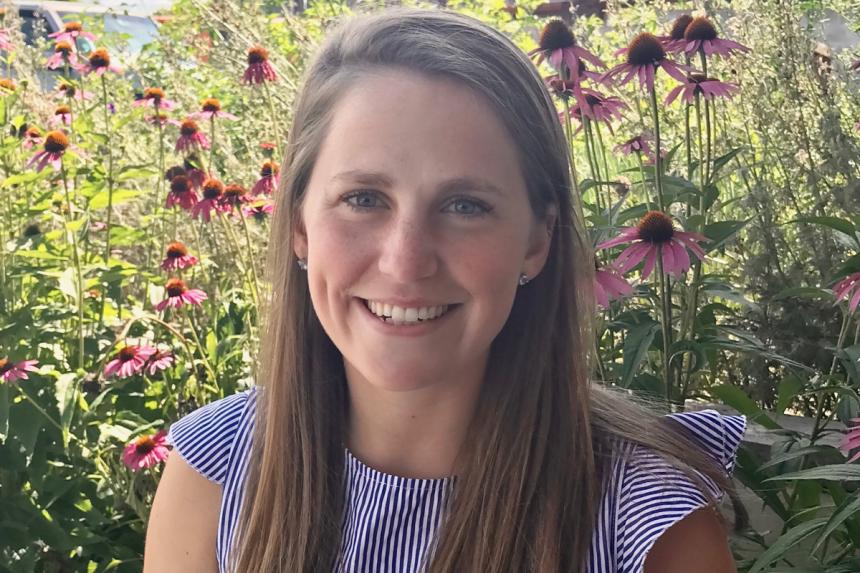
May 01, 2023
Kristina Ceres' extensive research, from cattle with tuberculosis to the critically endangered great hammerhead shark, led the Wildlife Disease Association to select Ceres for a Graduate Student Scholarship Award, which recognizes outstanding academic accomplishment and future potential in wildlife research.

March 30, 2023
In recognition of their outstanding scholarship and service, multiple members of the Cornell University College of Veterinary Medicine faculty have been granted named professorships, including Drs. Raina Plowright and Gary Whittaker.

March 28, 2023
In 2022, Peregrine “Peri” Wolff, DVM ‘84, was invited to serve on the Cornell University College of Veterinary Medicine Advisory Council and the Women’s Engagement & Philanthropy Initiative, supporting Cornell's focus on wildlife health and its connections to public, domestic animal and environmental health.

March 22, 2023
I vividly remember the night before I left for Tajikistan; I was nervous, excited, and utterly exhausted. I had just finished wrapping graduation gifts for my roommates and had just about moved everything out of where I was living for the last two years (including my bed)....
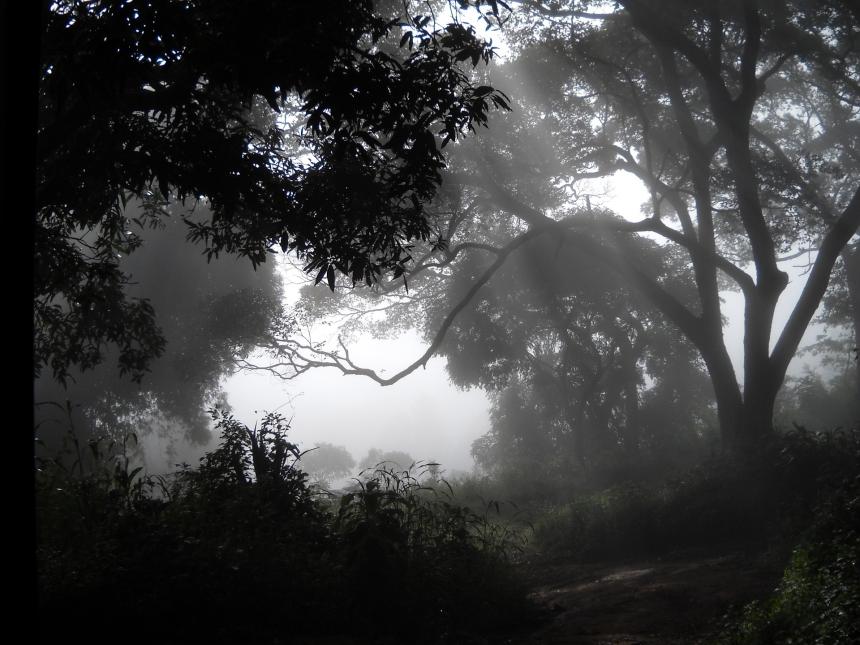
March 08, 2023
An investigation conducted by ProPublica found that deforestation could increase the risk of Ebola spilling over into people at several sites in Africa. As part of their research, ProPublica consulted with Cornell's Dr. Raina Plowright, who is also a senior author of the theoretical model used in their analysis.

February 19, 2023
Cornell's Dr. Laura Goodman says there's evidence that warming temperatures have already led to the emergence of a new fungal disease, Candida auris. She says that it's probably harmless for many people, but those with compromised immune systems may be at risk.
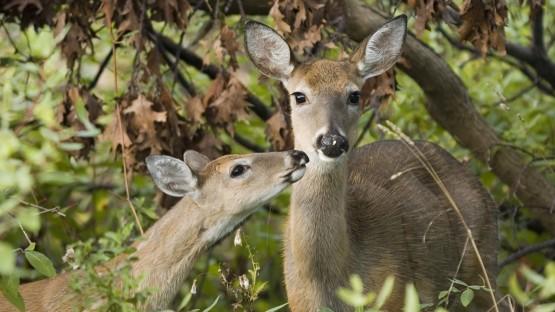
February 03, 2023
A study led by Cornell researchers found that white-tailed deer – the most abundant large mammal in North America – are harboring SARS-CoV-2 variants that once widely circulated but are no longer found in humans.
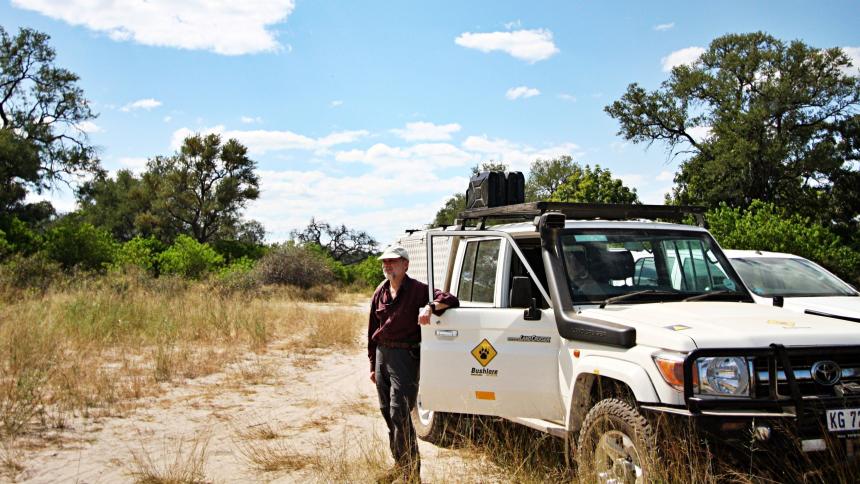
January 18, 2023
From Ithaca to the plains of southern Africa, the Cornell Wildlife Health Center is working to heal the natural world. Launched in 2020, the center was formed to unite Cornell’s leading wildlife health professionals under a common mission: to repair the fractured relationship between people and nature.
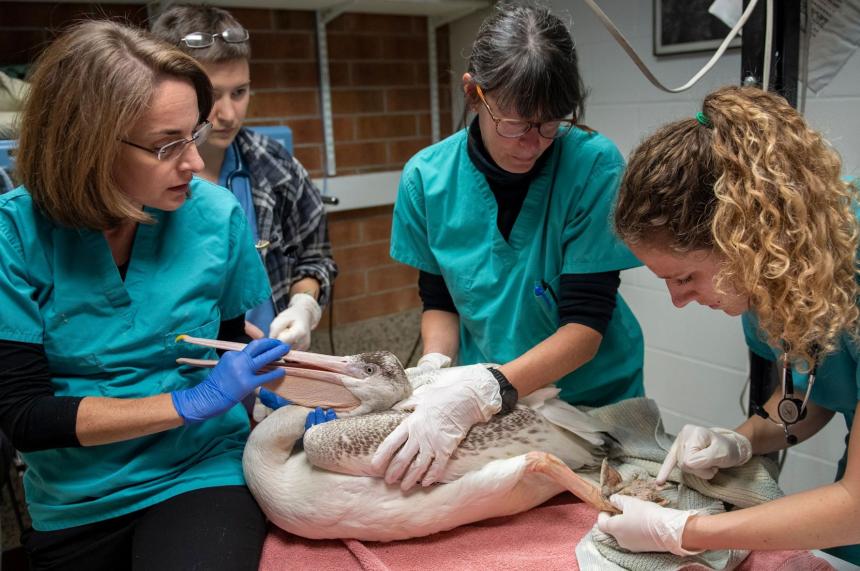
January 16, 2023
The Cornell Wildlife Health Center has launched a new Student Support Fund for off-campus apprenticeships with free-ranging or captive wildlife, on-campus wildlife research, and student travel to present at professional conferences on wildlife health and conservation.
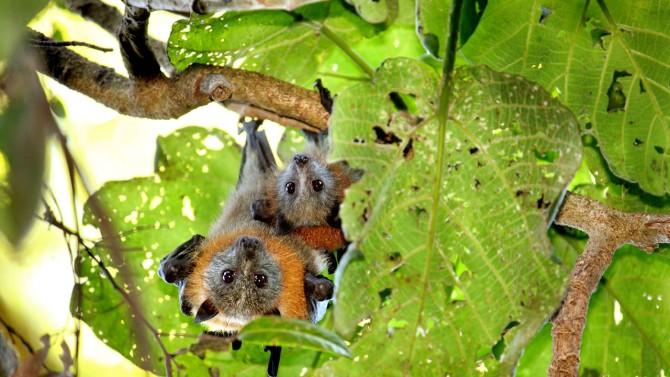
December 09, 2022
Preserving and restoring natural habitats could prevent pathogens that originate in wildlife from spilling over into domesticated animals and humans, according to two new companion studies.
